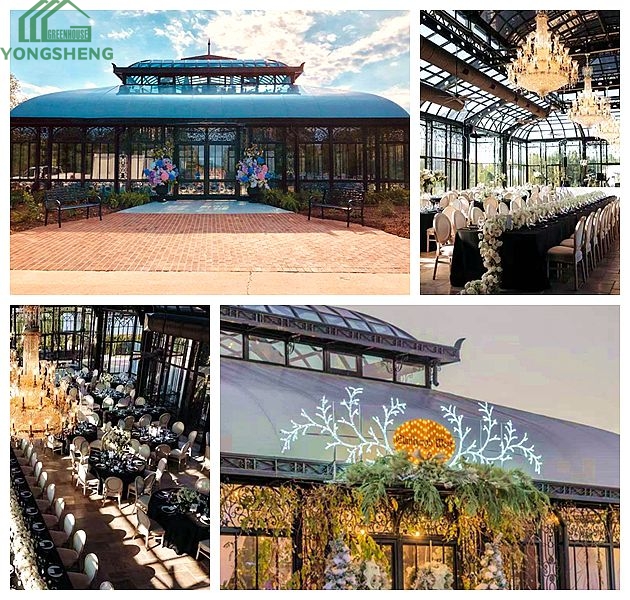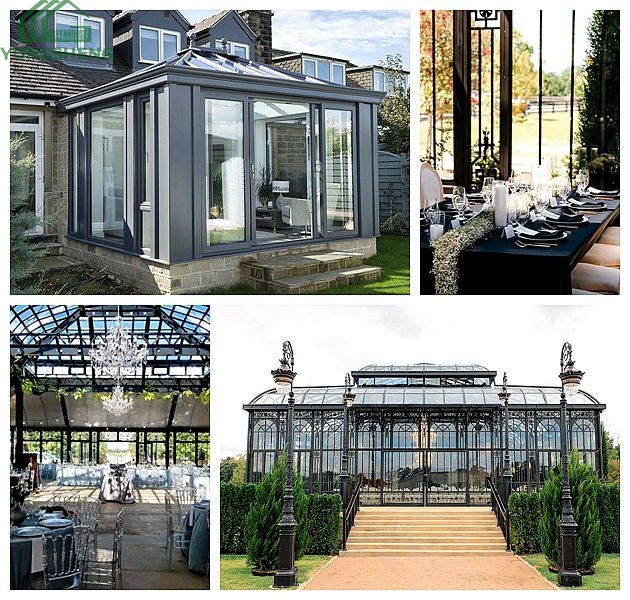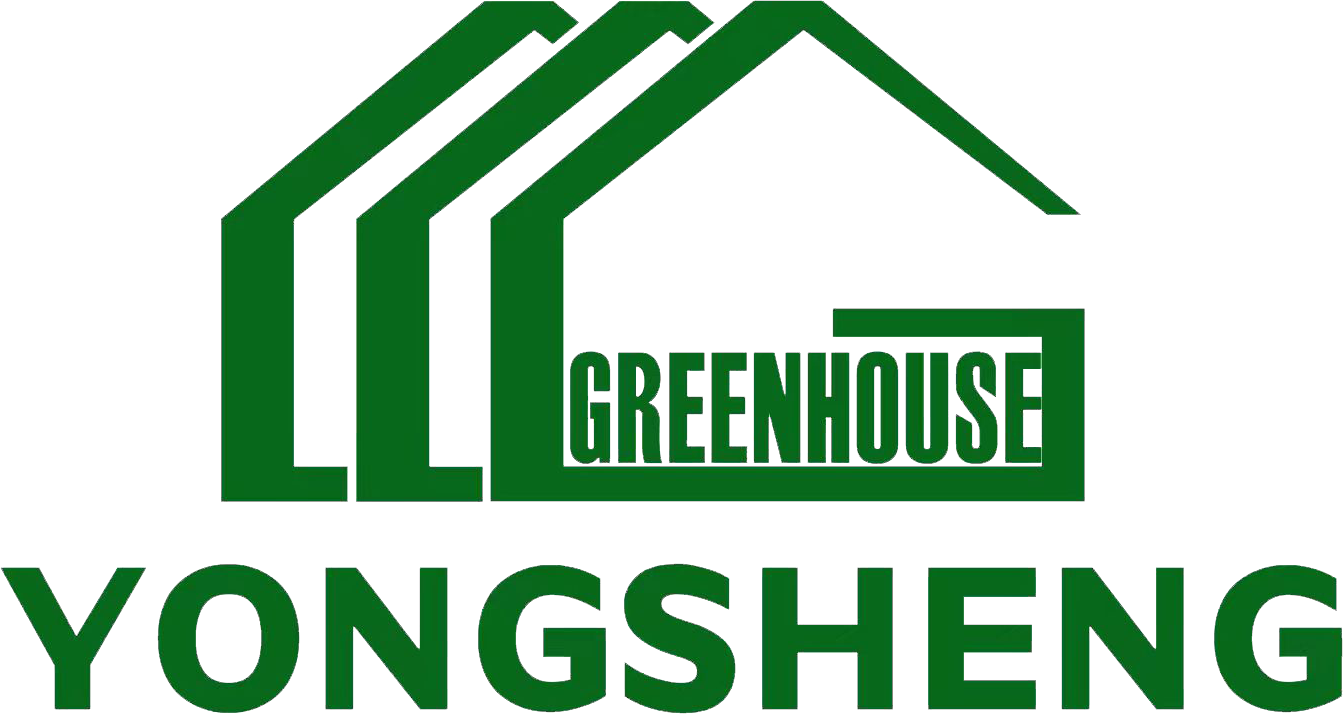
Solar-Powered Greenhouses: The Future of Sustainable Gardening

In the quest for sustainable living and eco-friendly practices, solar-powered greenhouses have emerged as a revolutionary solution for modern gardening. Combining the timeless elegance of Victorian greenhouses with cutting-edge solar technology, these structures are redefining the way we grow plants, conserve energy, and protect the environment. Whether you’re a gardening enthusiast or a professional horticulturist, solar-powered greenhouses offer a perfect blend of functionality, aesthetics, and sustainability.
The Evolution of Greenhouses: From Victorian Elegance to Modern Innovation
The concept of greenhouses dates back centuries, with the Victorian greenhouse standing as a symbol of sophistication and ingenuity. These ornate glass structures, often found in the gardens of grand estates, were designed to cultivate exotic plants and extend the growing season. The Victorian greenhouse, with its intricate ironwork and expansive glass panels, not only served a practical purpose but also became a statement of wealth and refinement.
Fast forward to the 21st century, and the glass greenhouse has evolved into a versatile tool for sustainable agriculture. Modern glass conservatories and greenhouses are no longer just about aesthetics; they are engineered to maximize energy efficiency, reduce environmental impact, and support year-round gardening. The integration of solar power into these structures marks a significant leap forward, making them a cornerstone of sustainable gardening.
How Solar-Powered Greenhouses Work
Solar-powered greenhouses harness the energy of the sun to create an optimal environment for plant growth. Here’s how they work:
- Solar Panels: Photovoltaic (PV) panels are installed on the roof or sides of the greenhouse to capture sunlight and convert it into electricity. This energy can be used to power lighting, heating, cooling, and irrigation systems.
- Energy Storage: Excess energy generated during the day is stored in batteries, ensuring a continuous power supply even during cloudy days or at night.
- Climate Control: Advanced sensors and automated systems regulate temperature, humidity, and ventilation, creating a stable environment for plants to thrive.
- Water Management: Solar energy can also power water pumps and filtration systems, enabling efficient irrigation and reducing water waste.
By leveraging renewable energy, solar-powered greenhouses minimize reliance on fossil fuels and significantly lower operational costs.
Benefits of Solar-Powered Greenhouses
1. Sustainability
Solar-powered greenhouses are a testament to sustainable living. By utilizing clean, renewable energy, they reduce carbon footprints and contribute to the fight against climate change. This makes them an ideal choice for environmentally conscious gardeners and farmers.
2. Cost-Efficiency
While the initial investment in solar panels and equipment may be higher, the long-term savings on energy bills make solar-powered greenhouses a cost-effective solution. Over time, the reduced operational costs can offset the upfront expenses.
3. Year-Round Gardening
With precise climate control, solar-powered greenhouses enable year-round cultivation, regardless of external weather conditions. This is particularly beneficial for growing seasonal plants or exotic species that require specific environmental conditions.
4. Enhanced Plant Growth
The controlled environment of a solar-powered greenhouse ensures optimal growing conditions, leading to healthier plants and higher yields. The consistent supply of light, heat, and water promotes faster growth and reduces the risk of pests and diseases.
5. Aesthetic Appeal
Modern solar-powered greenhouses retain the charm of traditional Victorian greenhouses and glass conservatories. Their sleek design and transparent glass panels make them a beautiful addition to any garden or property.
Applications of Solar-Powered Greenhouses
1. Home Gardening
For gardening enthusiasts, a solar-powered greenhouse offers the perfect space to grow flowers, herbs, and vegetables. It provides a sustainable way to enjoy fresh produce year-round while reducing energy consumption.
2. Commercial Agriculture
Farmers and horticulturists can benefit from the scalability of solar-powered greenhouses. These structures are ideal for large-scale cultivation of crops, ensuring consistent quality and yield.
3. Educational Institutions
Schools and universities can use solar-powered greenhouses as educational tools to teach students about sustainable agriculture, renewable energy, and environmental science.
4. Community Gardens
Solar-powered greenhouses can serve as communal spaces for urban gardening initiatives, promoting local food production and community engagement.
Designing Your Solar-Powered Greenhouse
When planning a solar-powered greenhouse, consider the following factors:
- Location: Choose a site with maximum sunlight exposure to optimize solar energy collection.
- Orientation: Position the greenhouse to face south (in the Northern Hemisphere) or north (in the Southern Hemisphere) for optimal sunlight absorption.
- Materials: Use high-quality glass or polycarbonate panels to ensure durability and insulation.
- Size: Determine the size based on your gardening needs and available space.
- Technology: Invest in efficient solar panels, batteries, and automation systems to maximize energy use and climate control.
The Future of Solar-Powered Greenhouses
As the world moves towards a greener future, solar-powered greenhouses are poised to play a pivotal role in sustainable agriculture. Innovations in solar technology, such as transparent solar panels and energy-efficient glazing, are making these structures even more effective and accessible. By combining the timeless appeal of Victorian greenhouses and glass conservatories with modern advancements, solar-powered greenhouses offer a harmonious blend of tradition and innovation.
In conclusion, solar-powered greenhouses represent the future of sustainable gardening. They provide an eco-friendly, cost-effective, and aesthetically pleasing solution for growing plants while reducing our reliance on non-renewable energy sources. Whether you’re a hobbyist or a professional, investing in a solar-powered greenhouse is a step towards a greener, more sustainable future.
By embracing solar-powered greenhouses, we can preserve the elegance of Victorian greenhouses and glass conservatories while paving the way for a more sustainable and environmentally friendly approach to gardening. Let’s harness the power of the sun to cultivate a brighter, greener future!
Why Choose US?
- ● As the first manufacturer in China to introduce the Victorian conservatory design from Europe, we have 36 years of production experience since 1988, and our products are distributed in 68 countries.
- ● We have a professional team of 8 conservatory design engineers and 60 production workers. We are equipped with 2 hot-dip galvanizing machines, 2 steel shot blasting machines, and 1 spray line.
- ● Our professional design team can provide theoretical calculation data support for wind pressure resistance, earthquake resistance, and snow resistance of large-scale steel structure conservatories.
- ● Strict quality control. 8 inspection stages: raw material inspection, cutting and blanking size inspection, welding quality inspection, hot-dip galvanizing quality inspection, spray quality inspection, assembly quality inspection, and packaging quality inspection. Ensuring smooth assembly of the products, no rust, no leakage, and compliance with customer national standards.
- ● We cooperate with many well-known architectural design companies worldwide.
- ● Customized services. We can customize according to customer designs and dimensions. We also provide supporting facilities such as electric sunshades and air conditioners.
- ● We offer installation dispatch services, inspection services, and free replacement of parts. We also present high-value exquisite gifts.
- ● Video factory tour. You can view the entire production process.




